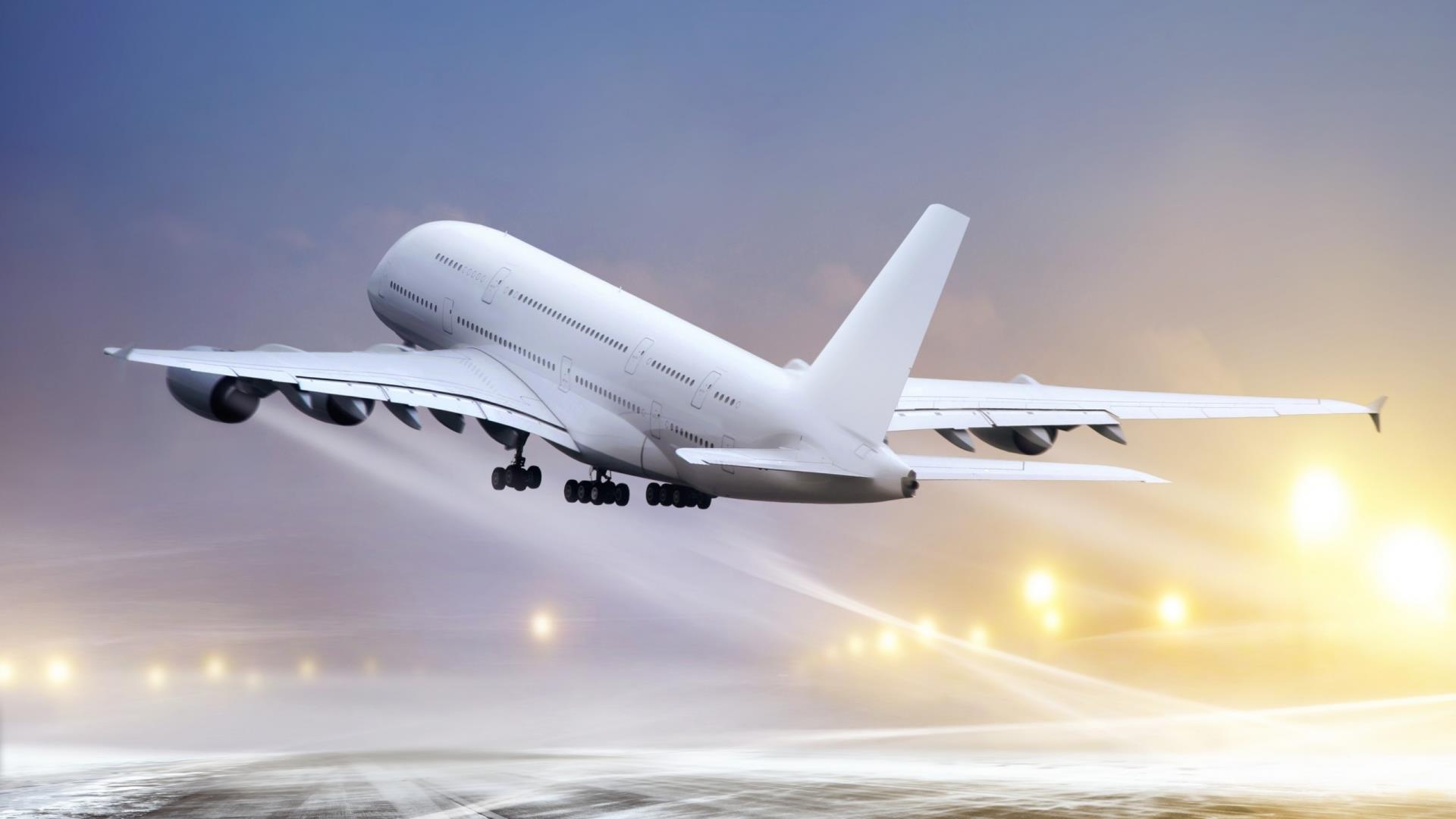How will international air cargo volume develop in the second half of the year?

The demand for air cargo outside of Sino US trade routes is also growing, but it remains to be seen whether trade diversification will continue in the second half of this year.
Judah Levine, the research director of Freightos, said that due to tariffs and minor changes, air cargo volume on trans Pacific routes decreased by 11% year-on-year in May, a 12% decrease from April.
However, the increase in cargo volume on other trade routes is partly due to e-commerce shippers seeking to establish alternative transportation arrangements.
At the "Global Freight and Trade War Outlook" online seminar held by Freightos on July 10th, Levin said, "Looking at most other routes, we see year-on-year growth.
Although the impact of Sino US trade on the trans Pacific trade volume between China and the United States is small, we see that the trade volume of other routes is still growing, including China's e-commerce platforms and trade volume seeking growth in other markets. This has a positive impact on preventing sales from declining too much
According to Freightos' data, as of May, global freight volume has increased by 3% compared to the same period last year.
The International Air Transport Association predicts that passenger traffic in 2025 will remain the same as in 2024. Levin said that the remaining passenger traffic for the year will depend on the market's adaptability to new supply chains and trade routes outside of China and the United States.
This seems to depend on the success of pan diversification and compensating for the decline in numbers across the Pacific.
Therefore, it remains to be seen whether there will really be a decline in the second half of this year, whether it will remain the same as the whole year, or whether it will successfully break free from dependence on China and the United States and find growth in other markets
Freightos also pointed out that, given that many shippers have been pre loading in recent months, delaying specific tariffs for each country until August may not have a significant impact on the current air cargo volume.
At the same time, in addition to transportation capacity, transportation capacity has almost certainly shifted from the trans Pacific region.
Levine stated that Rotate's data showed that the wide body cargo aircraft capacity on this route decreased by approximately 13% last month compared to the average level of the previous four weeks.
With the decline in freight volume, the previous trans Pacific freight capacity is shifting to other places.
We have seen an increase in production capacity in places such as Taiwan and Vietnam. In addition, according to Rotate's data, Asia Europe routes increased by 18% last month.
Levin stated that exports from Taiwan and Vietnam may further increase before the latest tariff deadline in August.
But in the weekly update released on July 8th, Freightos also stated that due to a large amount of e-commerce volume exiting the market, "global capacity may currently exceed demand overall.
Freightos stated that the global benchmark air cargo index (Freightos Air Index) has decreased by approximately 7% compared to a year ago.
In terms of freight rates, Levin said that due to the decrease in capacity, the freight rates of China and the United States have increased, but they are currently stable. In the first week of July, the price reached as high as $5.57 per kilogram, roughly equivalent to last July
In contrast, prices in China and Europe fell by 12% last month to $3.35 per kilogram.
Levin pointed out, "This may reflect an increase in capacity on the trans Pacific route as cargo ships shift to other routes like this one
